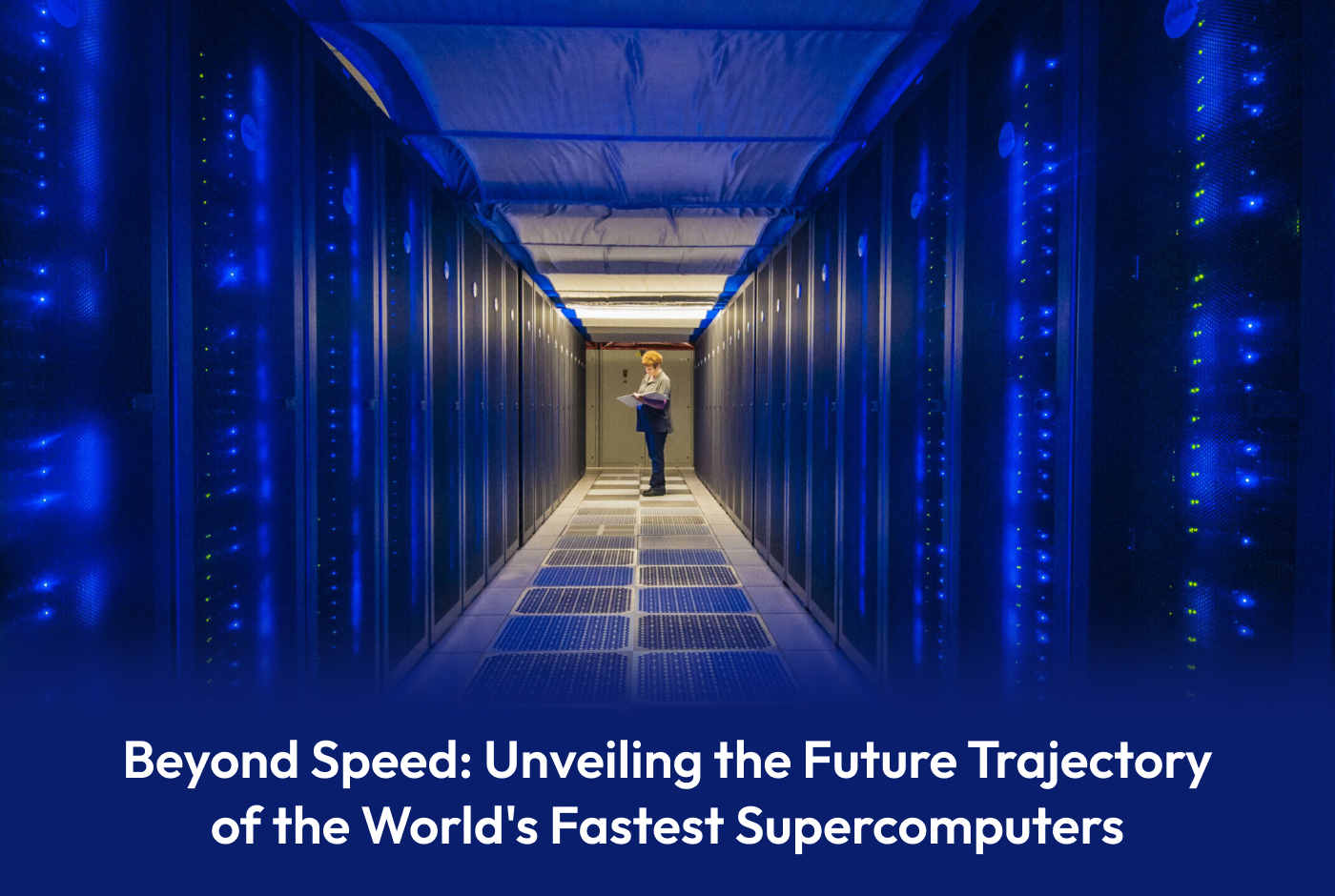
Beyond Speed: Unveiling the Future Trajectory of the World's Fastest Supercomputers
The landscape of supercomputing is witnessing a transformation with the introduction of exascale computers. These machines represent a quantum leap in computational capabilities, being capable of performing an astonishing one billion billion operations per second. This advancement is not merely a matter of scaling up existing technology; it represents a significant shift in the computational landscape. The implications of exascale computing stretch across various scientific domains, offering unprecedented opportunities for discovery and innovation. From climate modeling to exploring the mysteries of the universe, exascale computers are set to redefine the frontiers of computing power.
The Frontier
The
Frontier supercomputer has been a game-changer, heralding the era of exascale
computing. Its capabilities extend far beyond sheer speed; it allows for the simulation
of complex physical phenomena like never before. For instance, understanding turbulence,
a common yet intricate phenomenon, becomes more feasible with Frontier's computational
might. This supercomputer is not just about running calculations faster; it's about
tackling problems that were previously impossible or impractical to solve. Its
applications in climate science, energy research, and even in understanding the nuances
of nuclear fusion are groundbreaking. Frontier is more than just a machine; it’s a tool
that is reshaping the boundaries of scientific inquiry.
Europe's Foray into Exascale: JUPITER Europe is not far behind in the exascale race, with the development of theJUPITER supercomputer . Set to be hosted at the Jülich Supercomputing Centre in Germany, JUPITER represents Europe's commitment to maintaining its status as a leader in scientific research. This machine is expected to be among the most powerful computers globally, enabling experiments and simulations that are currently only possible on a few machines in the US and China. The impact of JUPITER will be profound, bolstering research in areas ranging from material science to astrophysics. It underscores Europe's strategic investment in high-performance computing as a key driver of innovation and competitiveness.
Key objectives
2.Sustainability and Social Impact in NFTs
3.The Future Outlook
“She packed her seven versalia, put her initial into the belt and made herself on the way. When she reached the first hills of the Italic Mountains, she had a last view back on the skyline of her hometown Bookmarksgrove ” — Jean Smith
.jpg)
A Paradigm Shift in Supercomputing
The evolution of supercomputing is steering away from the traditional model of wholesale replacement every few years. The future is leaning towards more sustainable, modular upgrades of supercomputers. This approach mirrors personal computer upgrades, emphasizing flexibility and adaptability. By updating components as new technologies emerge, supercomputers can stay at the forefront of computing power without the need for complete overhauls. This shift not only extends the lifespan of these machines but also democratizes access, enabling a broader range of researchers to harness their power for diverse scientific inquiries.
AI and Real-Time Data Analysis Integration The integration of artificial intelligence (AI) with supercomputing is unlocking new scientific frontiers. For example, the study of the SARS-CoV-2 virus has benefited greatly from this synergy. By combining AI techniques with supercomputing power, researchers can analyze complex interactions in the virus at an unprecedented level..jpg)
Tackling the Energy Challenge
As supercomputers grow in power, their energy consumption becomes a pressing issue. Innovations in energy efficiency are crucial for the sustainability of these machines. Techniques like ambient temperature water cooling and software optimizations are being employed to reduce their energy footprint. The quest for energy-efficient supercomputing is not just an operational concern; it’s a matter of environmental responsibility. Future supercomputers will need to balance computational might with energy efficiency, a challenge that will drive innovation in hardware and software design. This quest is more than just a technical hurdle; it reflects a growing awareness of the environmental impact of high-performance computing.
The Global Race in Supercomputing
The development and deployment of supercomputers is a fiercely competitive global
endeavor. Nations and regions invest heavily in these machines, not just for scientific
prestige but also for practical applications that have significant economic and security
implications. The race to build the fastest supercomputers involves a blend of national
pride, scientific ambition, and pragmatic considerations. These machines are vital for
applications ranging from weather forecasting to national security, including tasks like
weapons design and cryptanalysis. The development of these systems, despite their high
costs and operational demands, showcases a nation's technological capabilities and
strategic vision.
Conclusion
As we look towards the future of supercomputing, we're entering an era where these machines are more than just powerful calculators. They are becoming integrated systems that combine computational power with AI and real-time data analysis, driving innovation across various scientific fields. The move towards more sustainable and modular supercomputing architectures indicates a shift in how we think about and utilize these powerful tools. The era of exascale computing is not just about achieving higher speeds; it's about enabling new ways of understanding and interacting with the world around us.



